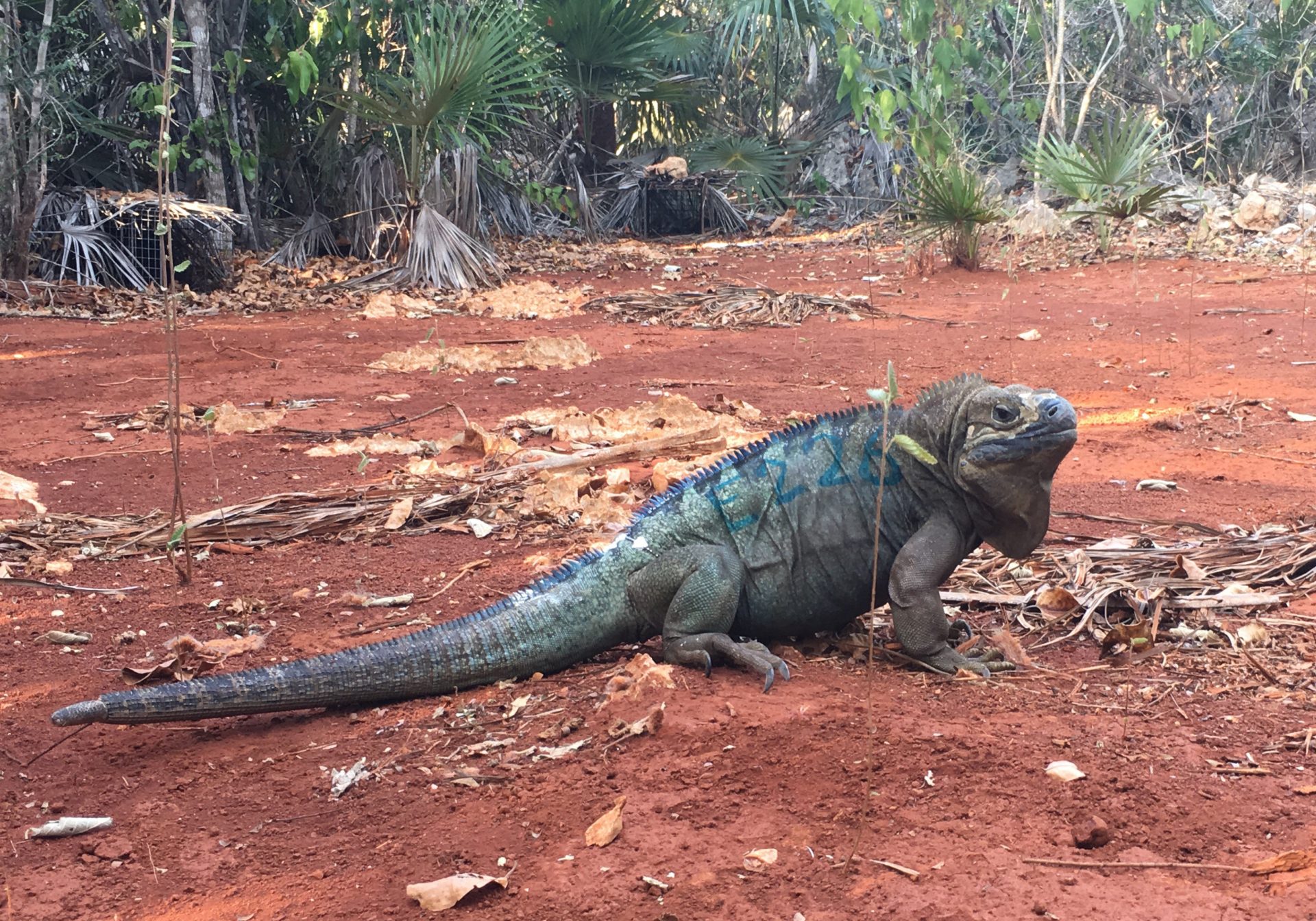Jamaica’s biodiversity is under threat!
We are at risk of entirely losing species such as the Jamaican Boa (snake), the Jamaican Iguana, the Jamaican bat, the ring-tailed pigeon, and many others too numerous to mention.
The list of endangered species is not confined only to land. Of note is the parrotfish which has been severely over-fished, along with several species of coral.
It is posited that over 8,000 species of plants and animals have been recorded in Jamaica and the island ranks fifth among the world’s islands in terms of endemic species.
However, we are vulnerable to many of the global pressures which have adversely impacted our natural resource base, on which key economic sectors such as tourism and fisheries are dependent.
The threats include changes in land use; pollution; encroachment on natural habitats; the hunting and harvesting of endemic species such as the black-billed parrot for sale as exotic pets; over-harvesting of fish and other marine resources; as well as the prevalence of invasive species.
Many of our endangered endemic species also inhabit specific areas, which are vulnerable to man-made impacts. For example, how many times have we seen news stories of crocodiles being sighted near housing developments along our coastal areas? Because we have encroached on their natural habitats, they return to their old haunts.
Can we live side by side with our non-human neighbours without endangering them further?
PROTECTED AREAS
One answer lies in declaring specific protected areas, which provide safe habitats for plants and animals and contribute to the preservation of biodiversity. The Ministry of Economic Growth and Job Creation (MEGJC) is working assiduously towards this goal.
The Ministry is in the process of finalizing protected areas legislation. The updated Protected Areas Policy will complement related national policies and plans including the Forest Policy, and the Protected Areas System Master Plan.
Jamaica, as a member of the High Ambition Coalition, is also actively working to achieve the 30×30 targets aimed at fighting the triple threats of biodiversity loss, environmental degradation, and climate change, by 2030.
With the declaration of 78,000 hectares, in the Cockpit Country as a protected area, approximately 25% of our land is protected. We are well on the way to achieving our land protection targets.
The Government has also declared the Black River land and seascapes, approximately 207 square kilometers, under the country’s principal environmental legislation and has completed the work to declare 882 square kilometers of the Pedro Cays and surrounding waters, as a protected area.
By actively working to achieve the protection of 30% of our landmass and 30% of our marine area, Jamaica is demonstrating not only its ambition but also its commitment to the environment.
INCREASING OUR RESILIENCE
One of the big threats that we must tackle is the issue of resilience to the impacts of climate change which affects our ecosystems.
To this end, the MEGJC along with the National Environment and Planning Agency, (NEPA) and the Forestry Department, have conducted a national mangrove assessment and are in the process of finalizing the implementation plan.
We have placed increased focus on mangroves not only because they stabilize the coast but are also one of the most effective forests for reducing greenhouse gases through carbon capture, which lessens the impacts of climate change.
Attempts are also being made to restore seagrass beds, while the NEPA is continuously tracking the health of our coral reefs.
THE BIGGER PICTURE
The interventions being undertaken by the MEGJC are critical, given the rate of species loss globally.
The preservation of our biodiversity is critical to the preservation of our natural history, our culture, and our lives in general. However, more than government intervention is needed.
The MEGJC looks forward to partnerships and collaborations with key stakeholders in the public and private sectors, as we chart the way toward an ambitious post-2020 global biodiversity framework.
Species such as the Jamaican Boa, the American Crocodile, and the Jamaican Iguana, are a part of our cultural heritage and make us uniquely Jamaican. Your actions are critical in reducing the threats to these and other species.


